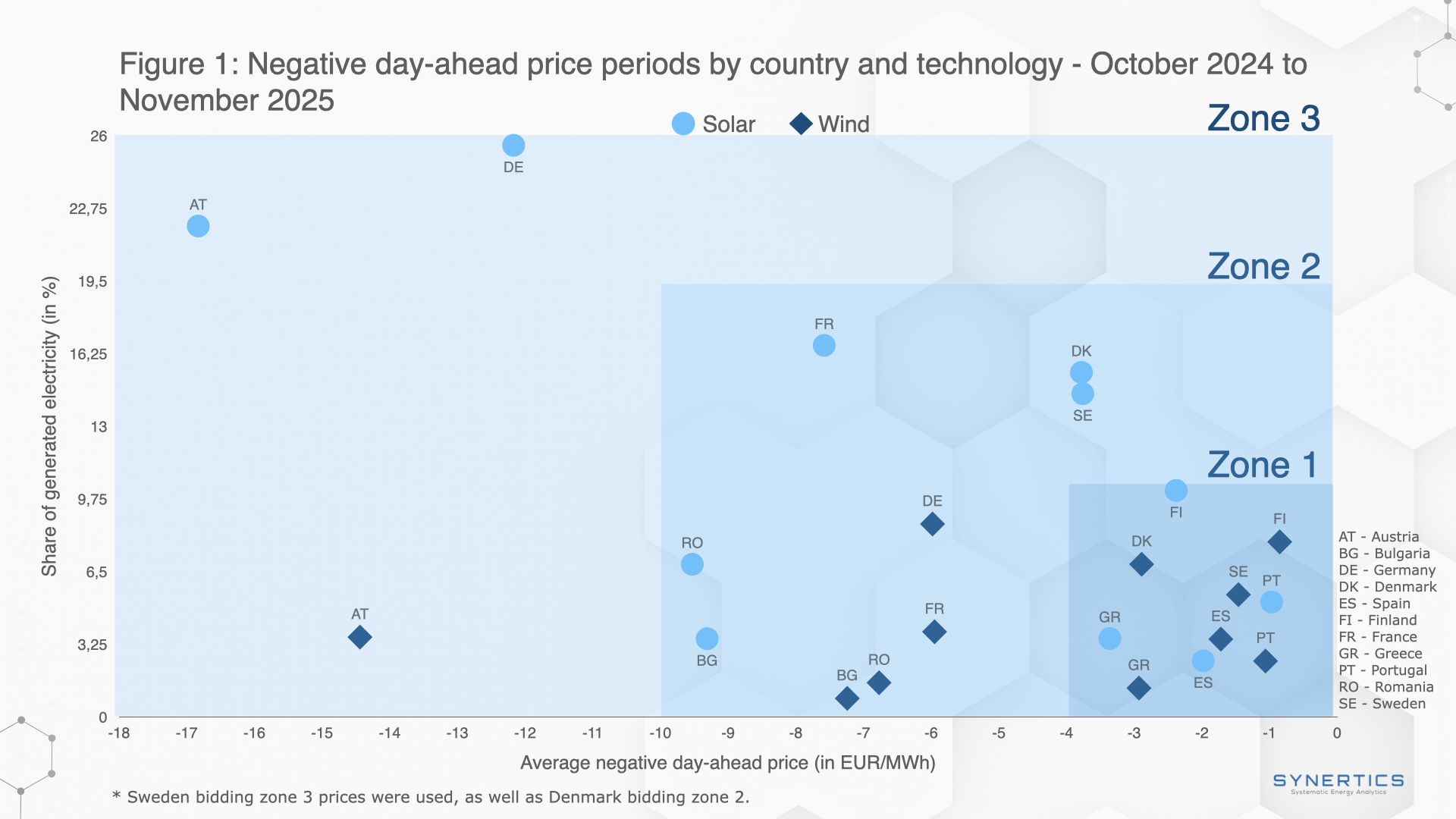Join us on our journey towards renewable energy excellence, where knowledge meets innovation.
The 2024 edition of the International Energy Agency (IEA)'s World Energy Outlook has been released, and here’s what stood out to us at Synertics:

Surge in Renewables and Investments
In 2023, a record 560 GW of renewable capacity was added globally, marking progress toward 10,000 GW by 2030—a milestone with substantial emissions reduction potential. Since the Paris Agreement in 2015, clean energy investment has surged 60%, nearing $2 trillion annually, nearly double that of fossil fuels. Notably, China contributed 60% of new global capacity, with its solar PV generation alone set to exceed the current U.S. electricity demand by the early 2030s.
Increasing Electricity Demand
Electricity use has grown at twice the pace of overall energy demand over the past decade, with China accounting for two-thirds of this increase. Global demand is projected to rise by the equivalent of Japan’s annual electricity consumption each year.
In some regions, renewables are outpacing demand, reducing reliance on fossil fuels. For example, from 2018 to 2023, countries like Australia, South Korea and Argentina saw low-emissions electricity grow by over 20%, lowering fossil fuel use. Meanwhile, in the EU, UK, and U.S., a 10% increase in clean energy met demand without fossil fuel expansion. However, in some emerging markets, rising demand has outpaced clean energy, increasing coal and gas use.
Fossil Fuel Oversupply
Under current policies, coal demand will start to decline around 2025, while oil and gas demand are expected to peak by the end of the decade. However, an oil and LNG oversupply is projected in the second half of the 2020s, posing the risk of fossil fuels crowding out renewable energy development. However, this oversupply of fossil fuels and the downward price pressure it will create, provides an opportunity for governments to phase out fossil fuel subsidies.
The Renewable Energy Gap
Despite renewable energy growth, two-thirds of the global population—mainly in developing economies—lacks access to affordable clean energy. Financing costs for projects like solar PV are twice as high in these regions, limiting clean energy adoption. Increased international support and climate finance are critical to addressing these disparities, which is essential for enabling a global clean energy transition.
Urgent Acceleration Needed to Meet Climate Goals
Despite record growth in renewables, the IEA’s 2024 World Energy Outlook warns that current policies would lead to a 2.4°C global temperature rise by 2100—well beyond the 1.5°C target needed to mitigate severe climate risks. To stay within the 1.5°C threshold, an acceleration of renewables is required: 1.5 times faster in China, 1.9 times in advanced economies, and three times faster in other regions.
The report is clear: the 1.5°C target is still within reach, but it demands urgent and large-scale action.
Read the full report here: https://lnkd.in/eHJzDjRW

Insights, Market-trends
15th Dec, 2025

Market-trends, Projects
27th Nov, 2025

Market-trends
21st Oct, 2025